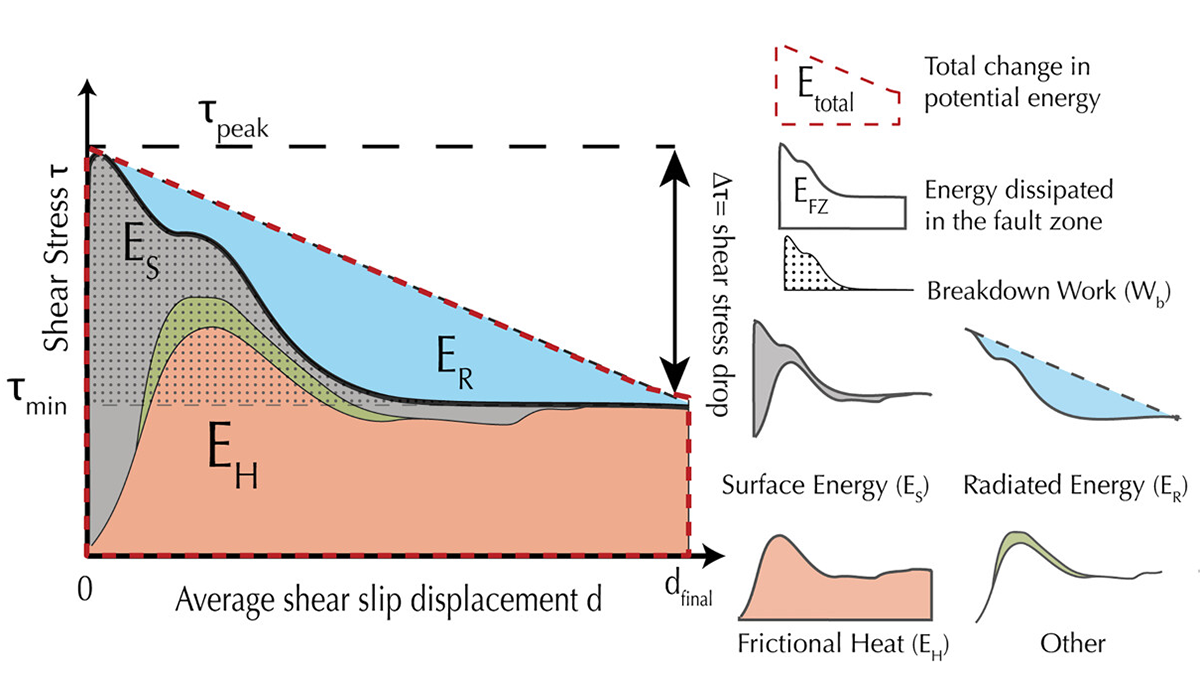Today, top appropriators in the U.S. Senate and House of Representatives released a three-bill appropriations package for fiscal year 2026 (FY26) that largely rejects drastic cuts to federal science budgets that President Trump proposed last year.
Energy
New Satellite Data Reveal a Shift in Earth’s Once-Balanced Energy System
The Northern Hemisphere is absorbing more sunlight than the Southern Hemisphere, and clouds can no longer keep the balance.
New Perspectives on Energy Sinks During Seismic Events
Laboratory earthquakes shed new light on energy partitioning during earthquakes, which is allocated to seismic radiation, creation of new surfaces, and heat dissipation.
Verdaderas soluciones climáticas están debajo de nosotros
Es momento de aceptar que el almacenamiento duradero de carbono en el subsuelo, junto con la reducción de emisiones, debe ser parte del plan para mitigar los efectos del cambio climático, y las geociencias deben desempeñar un papel central.
House Passes Trump’s Spending Bill, With Consequences for the Climate
On 3 June, the U.S. House of Representatives passed a 940-page spending bill that provides trillions of dollars in tax cuts, boosts the fossil fuel industry, and dismantles incentives for clean energy.
Real Climate Solutions Are Beneath Us
It’s time to accept that durable subsurface carbon storage, along with emissions reductions, must be part of the plan to mitigate the effects of climate change—and geoscience must play a central role.
Trump Boasts About Dismantling Environmental and Science Policy
President Trump’s address to Congress touted takedowns of Biden’s initiatives and encouraged fossil fuel expansion but did not acknowledge recent cuts to the federal workforce.
Beneath Greenland, Insights for Energy Transitions and Climate Models
Emerging consensus on the structure and dynamics of Greenland’s lithosphere may help improve forecasts of climate and sea level change and develop solutions for sustainable resource use.
What’s On the Horizon for Open Access Geoscience Books?
On the first anniversary of their partnership, AGU and the Geological Society of London reflect on the GeoHorizons series and why open access books are valuable for the geoscience community.
Cerrando la brecha entre las geociencias y la seguridad nacional
La comunidad de geociencias y las agencias de seguridad nacional necesitan una comunicación efectiva y bidireccional para intercambiar información.










